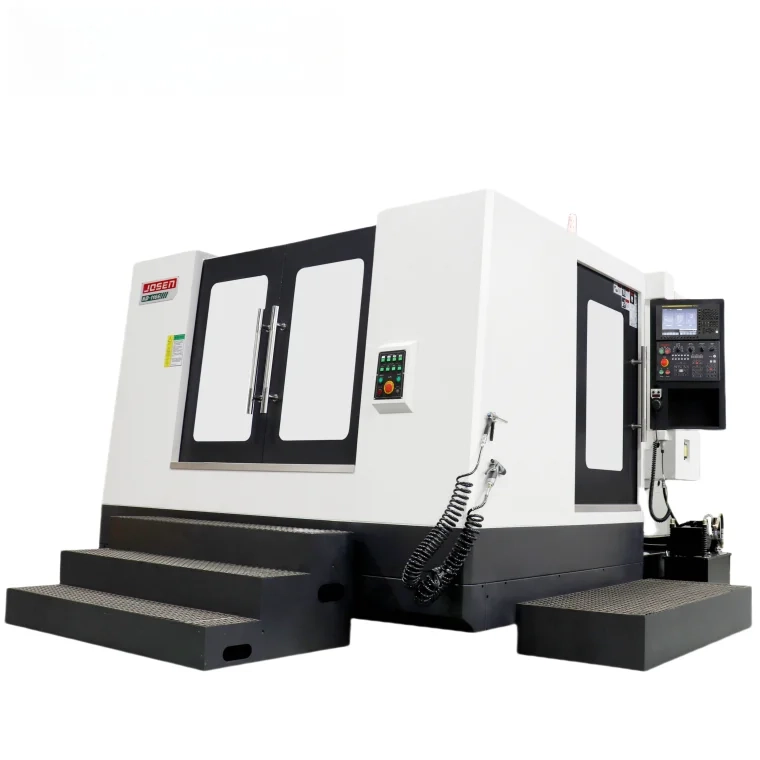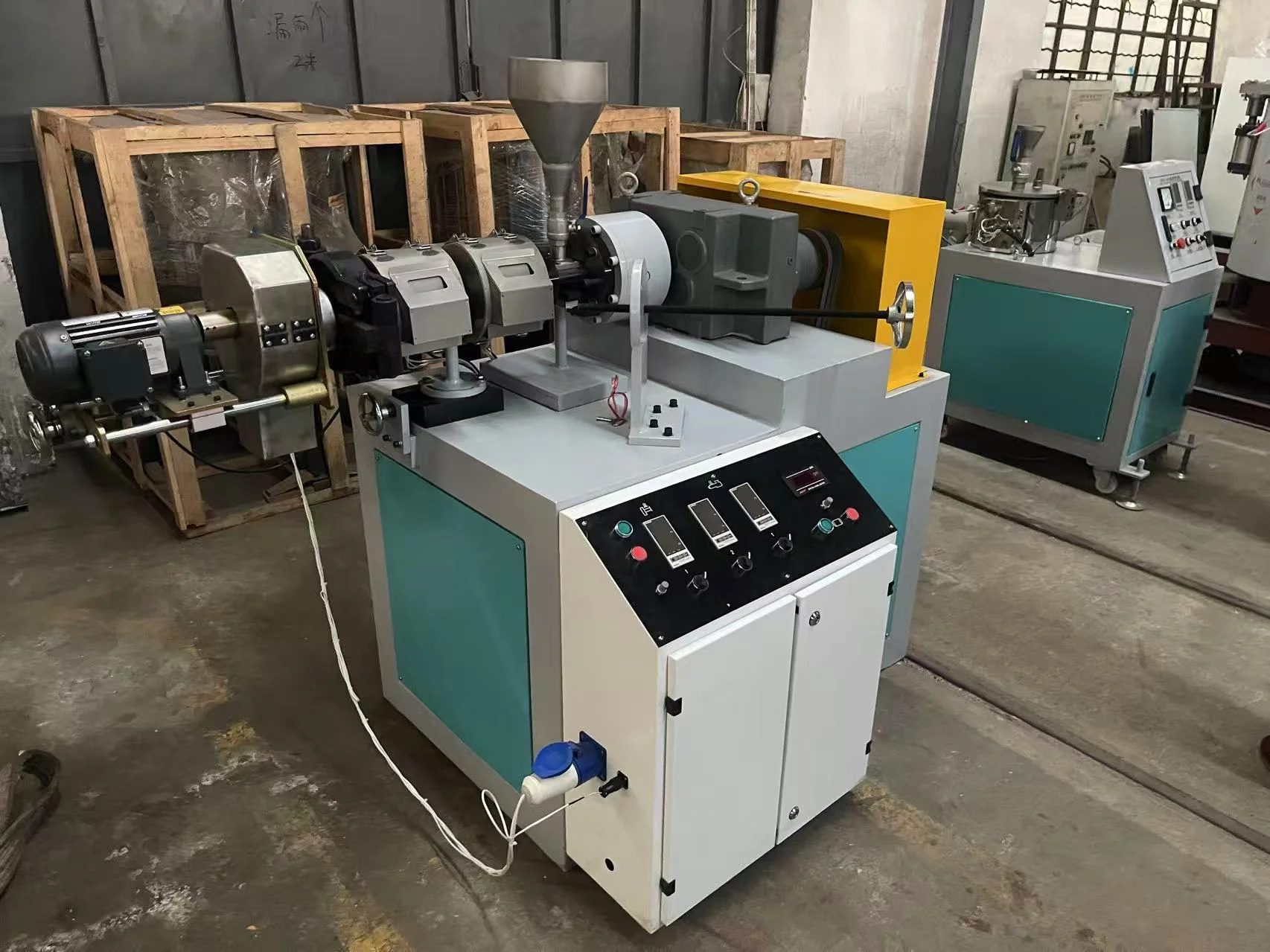When it comes to automotive performance and aesthetics, few things capture attention quite like the unmistakable sound of a turbocharger. The iconic whistle produced by a turbocharged engine not only signifies power but also enhances the driving experience. For enthusiasts looking to amplify this auditory signature, the question arises: How to get a louder turbo whistle? This article delves into the intricacies of turbo systems, exploring effective methods to achieve that coveted sound without compromising performance or reliability.
Understanding the Turbo Whistle
Before diving into modifications, it’s essential to understand what creates the turbo whistle. A turbocharger works by forcing more air into the engine, which increases power output. As air is compressed and forced through the turbo, it creates a distinct sound—often described as a whistle or a whoosh. The pitch and volume of this sound can be influenced by several factors, including the turbocharger design, exhaust system, and intake setup.
Factors Influencing Turbo Whistle Volume
- Turbocharger Design: The size and design of the turbo itself play a crucial role in the sound it produces. Smaller turbos tend to spool faster and can create a higher-pitched whistle, while larger turbos may produce a deeper sound. Upgrading to a turbo with a more aggressive design can enhance the whistle.
- Intake System: The intake system is vital for sound production. A high-flow air intake can reduce restrictions, allowing more air to enter the turbocharger. This not only improves performance but also amplifies the whistle. Consider installing a cold air intake or a short ram intake designed for your specific vehicle.
- Exhaust System: The exhaust system significantly affects the sound of the turbo. A less restrictive exhaust allows for better airflow, which can enhance the turbo whistle. Upgrading to a performance exhaust system, such as a cat-back or turbo-back exhaust, can help achieve a louder and more aggressive sound.
- Blow-Off Valve (BOV): The type of BOV you choose can also impact the sound. A vent-to-atmosphere BOV will produce a more pronounced sound compared to a recirculating valve. If you’re looking for that loud pssh sound when shifting gears, consider upgrading to a high-performance BOV.
Practical Modifications for a Louder Turbo Whistle
Now that we’ve established the factors influencing turbo whistle, let’s explore practical modifications that can help you achieve a louder sound.
- Upgrade Your Turbocharger
If you’re serious about enhancing your turbo whistle, consider upgrading to a larger or more efficient turbocharger. Brands like Garrett, BorgWarner, and Precision Turbo offer a range of options tailored to various performance needs. Ensure that your engine can handle the increased boost and that supporting modifications (like fuel injectors and tuning) are in place.
- Install a High-Performance Intake System
Investing in a high-performance intake system is one of the most effective ways to amplify your turbo whistle. Look for systems that feature larger diameter piping and high-flow air filters. Brands like K&N, AEM, and Injen are known for their quality intake systems that can significantly enhance sound and performance.
- Optimize Your Exhaust Setup
A performance exhaust system is crucial for reducing back pressure and enhancing turbo sound. Look for options that feature mandrel-bent piping and high-flow catalytic converters. Brands like Borla, MagnaFlow, and Flowmaster offer systems that not only improve performance but also produce a more aggressive exhaust note.
- Choose the Right Blow-Off Valve
Selecting the right BOV can dramatically change the sound profile of your turbo system. A vent-to-atmosphere BOV, such as those from HKS or Greddy, can provide that loud, attention-grabbing sound. Ensure compatibility with your turbo system and consider tuning to prevent any potential issues with stalling or hesitation.
Tuning for Optimal Performance
After making modifications, it’s crucial to have your vehicle tuned. A proper tune will ensure that your engine runs efficiently with the new components, maximizing both performance and sound. Consider working with a reputable tuner who specializes in turbocharged vehicles to achieve the best results.
Conclusion
Achieving a louder turbo whistle is a combination of understanding the mechanics of your turbo system and making informed modifications. By upgrading your turbocharger, optimizing your intake and exhaust systems, and selecting the right blow-off valve, you can unleash a more aggressive sound that enhances your driving experience. Remember, while the sound is important, maintaining the integrity and performance of your vehicle should always be the top priority. Happy tuning!







+ There are no comments
Add yours